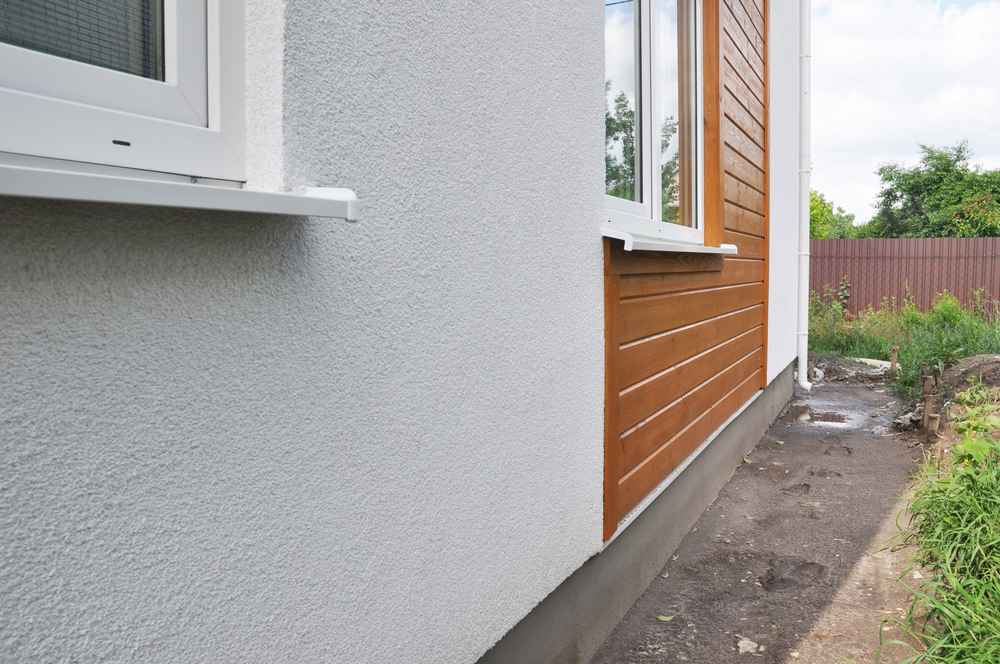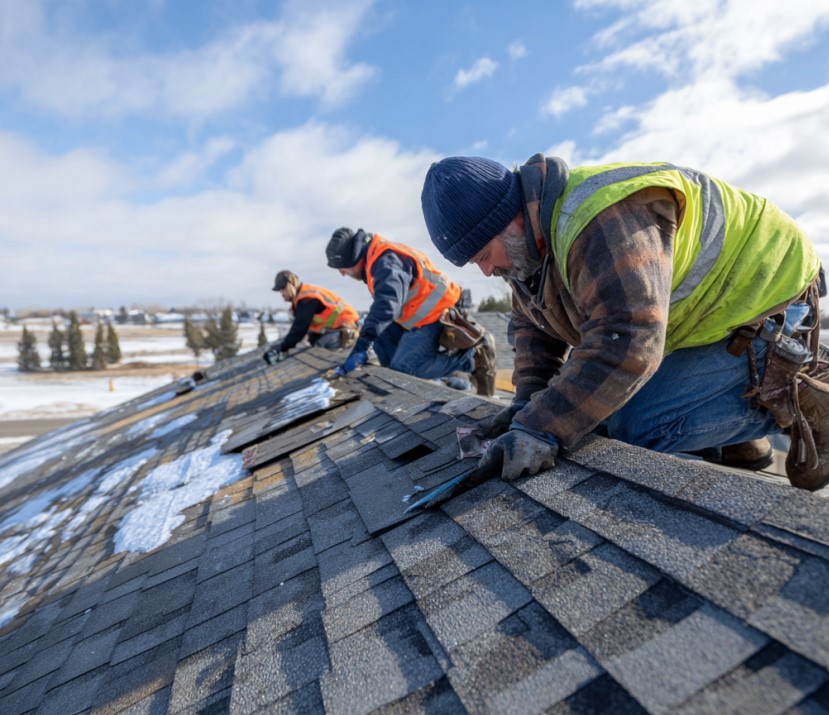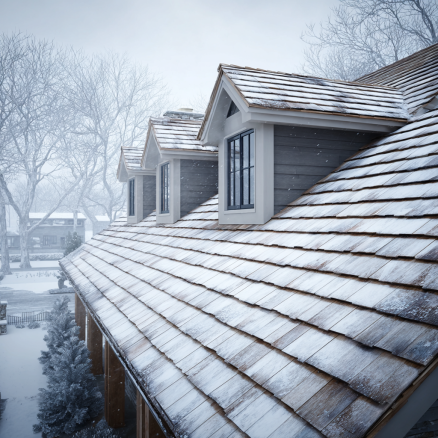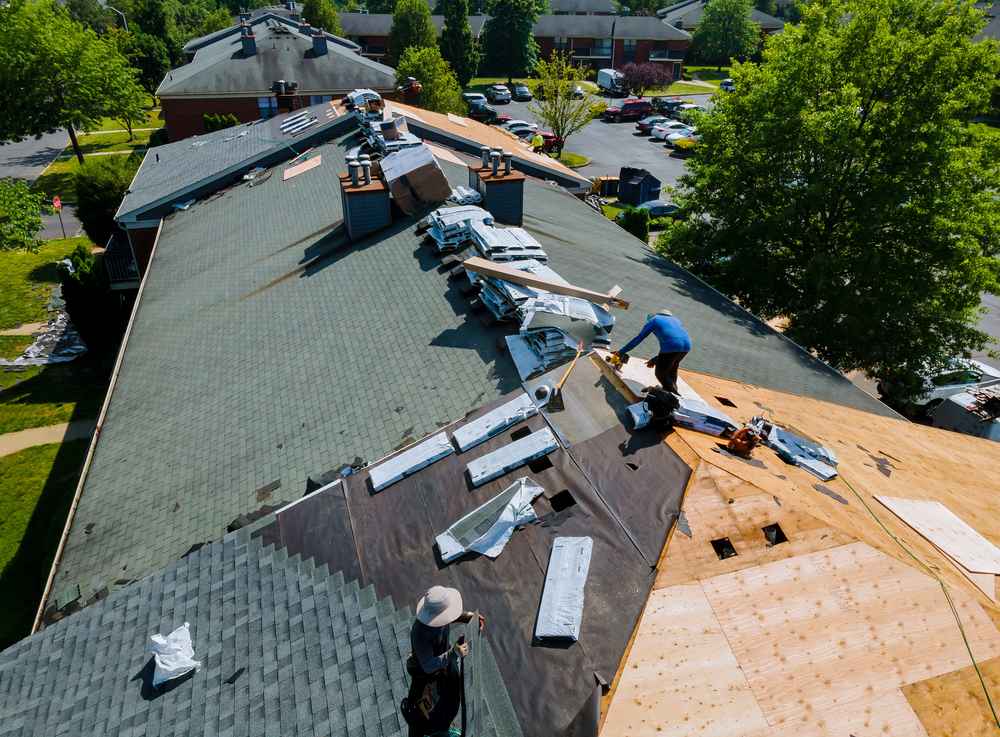Siding plays a critical role in protecting your home or commercial property. It shields against harsh weather, prevents moisture intrusion, and contributes to energy efficiency and curb appeal. But over time, siding deteriorates—and knowing when to replace siding is essential for maintaining both your property’s structure and its value.
This blog will help you recognize the early warning signs of siding failure, understand how old or damaged siding can impact your home, and decide on the best time to replace it. Whether your building features vinyl, wood, fiber cement, or another material, these tips will help you make a smart, informed decision.
Why Siding Replacement Matters
The exterior of your home is more than just for looks—it’s the first line of defense against rain, wind, heat, cold, and pests. Old or damaged siding can lead to:
✔ Water leaks and mold growth
✔ Higher energy bills due to poor insulation
✔ Structural damage from prolonged exposure
✔ Decreased property value
If you’re seeing signs of wear, now might be the right time to consider siding replacement. Identifying issues early can save you time, money, and future repairs.
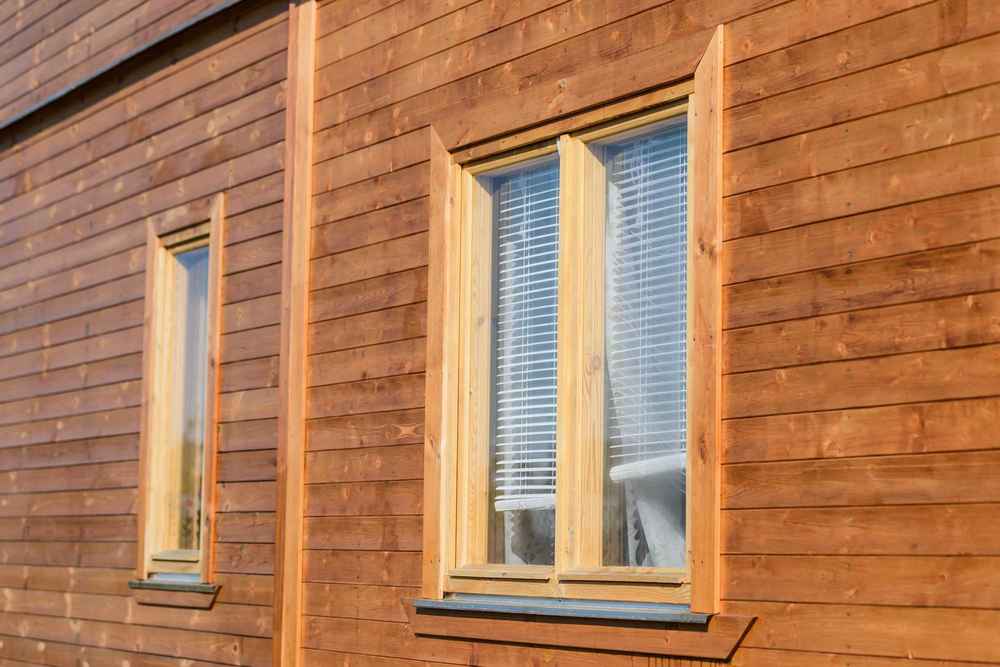
Top Signs It’s Time to Replace Your Siding
1. Cracks, Warping, or Holes in the Panels
Physical damage is one of the most obvious signs that siding needs replacement. Cracks, splits, or warping panels allow moisture to penetrate behind the siding, leading to mold, rot, and insulation damage.
✔ Warping often means water is trapped inside the siding.
✔ Holes allow insects and small animals to nest behind the panels.
✔ Cracks signal structural fatigue or age-related breakdown.
If damage is widespread, replacement is more cost-effective than patching.
2. Faded or Peeling Color
While paint can fade over time due to sun exposure, severely faded or peeling siding may indicate that the material is breaking down and no longer functioning properly.
✔ Faded color often means UV protection has deteriorated.
✔ Peeling paint can signal moisture problems beneath the surface.
If your siding requires frequent repainting or staining, it might be time for a longer-lasting solution like fiber cement or vinyl.
3. Bubbling or Blistering
These are signs of moisture trapped beneath the siding surface, which can be caused by:
✔ Poor installation
✔ Water infiltration
✔ Exposure to extreme heat
Bubbling is especially common in older vinyl siding or when heat from nearby windows reflects directly onto the panels.
4. Increased Energy Bills
A spike in heating or cooling costs could be the result of compromised insulation behind your siding.
Older or damaged siding reduces your home’s ability to maintain internal temperature. Replacing it with modern insulated options can:
✔ Lower utility costs
✔ Improve HVAC system efficiency
✔ Enhance overall comfort
5. Interior Wall Damage or Moisture
If you notice moisture marks, peeling paint, or mold on the inside of exterior-facing walls, your siding may be letting water in.
This often happens when siding materials have gaps or cracks that let in rainwater, snow, or ice melt. Left untreated, the moisture can:
✔ Cause drywall damage
✔ Promote mold growth
✔ Lead to rot in studs and framing
6. Pest Damage or Infiltration
Rodents, ants, termites, and other pests often exploit cracks or holes in siding to get inside walls.
Signs include:
✔ Droppings or nesting material in your attic or basement
✔ Chewed siding or soft spots
✔ Clicking or rustling sounds inside walls
Pest damage often occurs with wood siding but can affect any poorly maintained exterior.
7. Frequent Repairs or Maintenance
If you’re constantly patching, painting, or replacing small sections of siding, it’s time to weigh the long-term cost. Repeated repairs can exceed the price of a full replacement over a few years.
Modern siding options—like vinyl, engineered wood, and fiber cement—offer decades of performance with minimal maintenance.
8. Mold, Mildew, or Fungus Growth
Organic growth along the base of siding panels often indicates moisture buildup. While some algae or mildew can be cleaned, fungus or mold may mean internal water intrusion.
Discoloration, soft panels, or a musty odor are signs that damage may extend beyond what’s visible. In such cases, siding replacement and possible structural repairs are often necessary.
How Long Does Siding Last?
The lifespan of siding depends on the material, climate, maintenance, and exposure to sunlight or moisture. Here are general estimates for common siding types:
| Siding Material | Average Lifespan |
| Vinyl Siding | 20–40 years |
| Wood Siding | 15–30 years |
| Fiber Cement | 30–50 years |
| Engineered Wood | 20–30 years |
| Aluminum Siding | 30–50 years |
If your siding is approaching the end of its expected life and showing any of the issues above, replacement is likely the smart move.
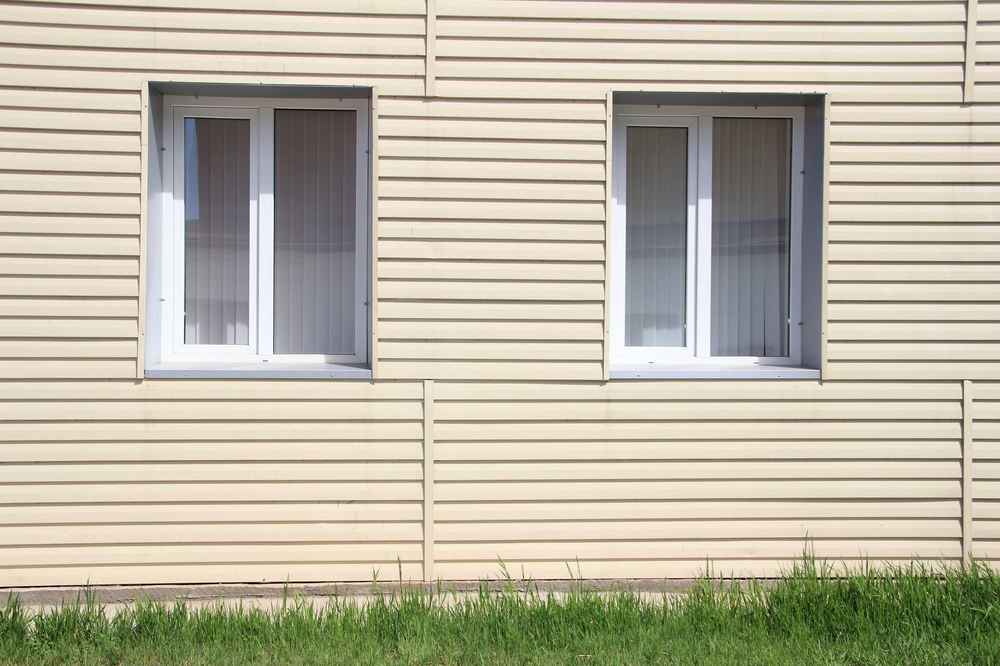
Best Time of Year to Replace Siding
While siding can technically be replaced any time, the best seasons are spring and fall due to moderate temperatures and lower humidity. These conditions help:
✔ Adhesives and sealants cure properly
✔ Contractors maintain consistent work schedules
✔ Minimize delays due to snow or extreme heat
Scheduling in advance during off-peak seasons may also reduce wait times and labor costs.
Benefits of Replacing Your Siding
New siding is a significant investment—but one with immediate and long-term benefits:
1. Improved Curb Appeal
✔ Boosts resale value
✔ Freshens the look of aging properties
✔ Allows for updated colors or styles
2. Increased Home Value
New siding can return up to 80% or more of its cost in increased property value, depending on the material and location.
3. Better Energy Efficiency
Insulated siding or air-sealing upgrades during installation can cut utility bills and improve home comfort.
4. Reduced Maintenance
Modern siding materials need less painting, sealing, and repair than older wood or metal panels.
Choosing the Right Siding Contractor
Replacing siding is not just about choosing a material—it’s about choosing the right team. Look for:
✔ Licensed and insured contractors
✔ Positive reviews and local references
✔ Clear estimates and warranty coverage
✔ Experience with multiple siding types
At Home Source Roofing, we provide siding inspections, material consultations, and full-service replacements to help you get the most from your investment.
Think You Might Need New Siding? Let’s Take a Look
If you’ve spotted cracks, fading, moisture issues, or rising energy bills, it might be time to upgrade your siding. Our team at Home Source Roofing offers expert advice, honest assessments, and high-quality installation with top materials designed to last for decades.
Don’t leave your home exposed to damage. Get a free inspection now and let us help you decide if it’s time to replace your siding—and what options are best for your home.

